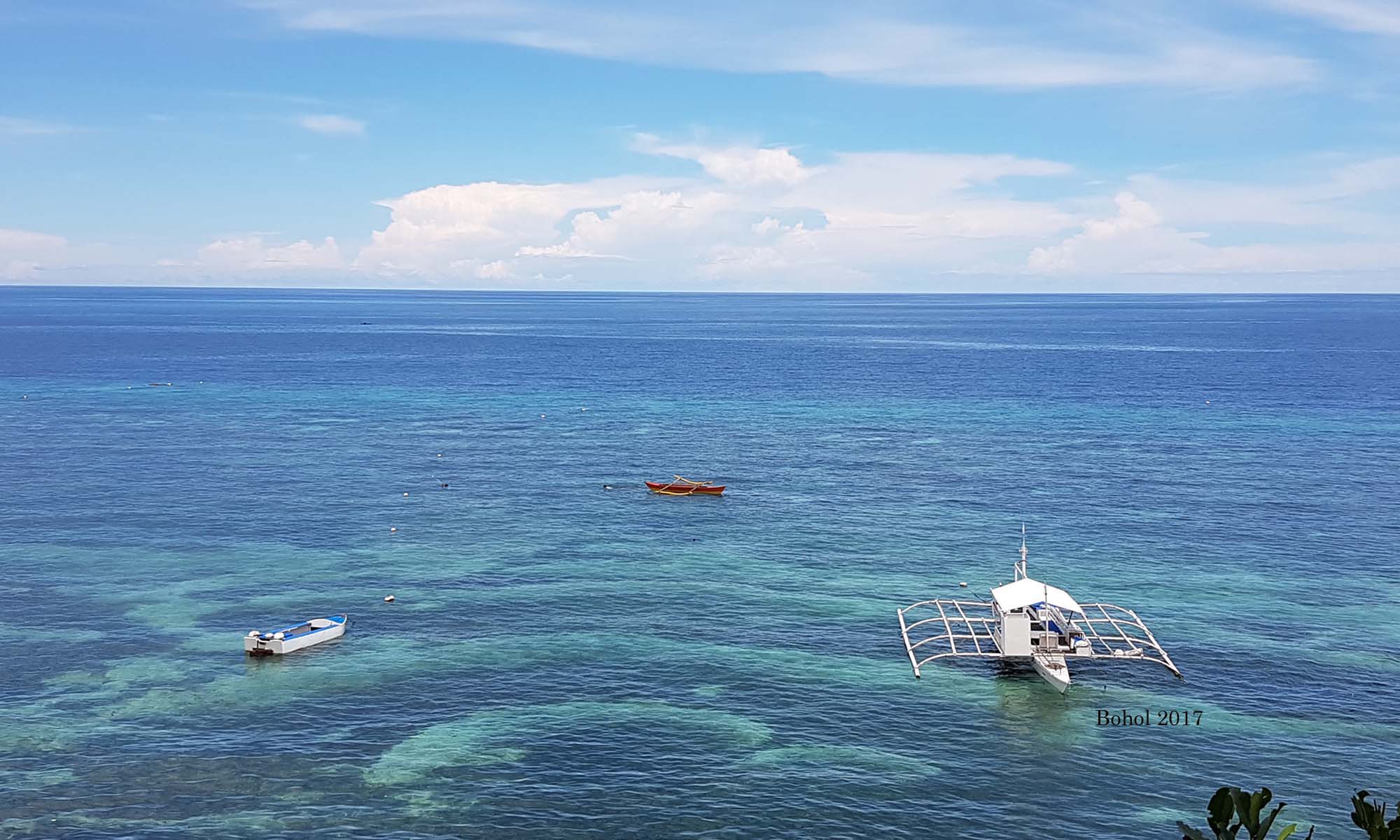2022 IJRSE – Volume 11 Issue 1
Available Online: 2 January 2022
Author/s:
Galdonez, Dominic Patric
Philippine Science High School-Ilocos Region Campus, Philippines (galdonezdg@irc.pshs.edu.ph)
Abstract:
This study is generally designed to collect, translate, and analyze Ilocano folk stories. Specifically, it sought to answer the following objectives: determine the approaches and characteristics used and discovered in translating the texts; and know the different Ilocano cultures entrenched in the stories. This qualitative research collected fifteen (15) folk stories written in Ilocano, translated these in Filipino, and validated by the experts. Using the concepts of Newmark, translated folk stories were analyzed to determine the approaches and characteristics used in the translation. Furthermore, originally written folk stories in Ilocano were analyzed to establish the themes on culture. Based on data, the following approaches were used by the translator: transposition, naturalization, adding, gisting, functional translation, couplet, and lifting of terms from the source language. All translated folk stories have the following characteristics: literal, free, culture-based, and appropriate. Four themes were formulated to explain the Ilocano culture embedded in the folk stories: Labor-Culture, Family Culture, Positive Traits, and Negative Traits. The implications of the study are the concepts of Newmark in translation are essential in translating texts especially prose; lifting of terms from the source language could be a strategy to enrich the intelectuallization of the language; translating literature or texts must be appropriate and contextualized; and Ilocano folk stories are rich in values and culture.
Keywords: translation, folk stories, culture, Ilocano, Newman
DOI: https://doi.org/10.5861/ijrse.2022.205
Cite this article:
Galdonez, D. P. (2022). Tipon, salin, at suri ng mga kuwentong bayang Iloko. International Journal of Research Studies in Education, 11(1), 37-44. https://doi.org/10.5861/ijrse.2022.205
